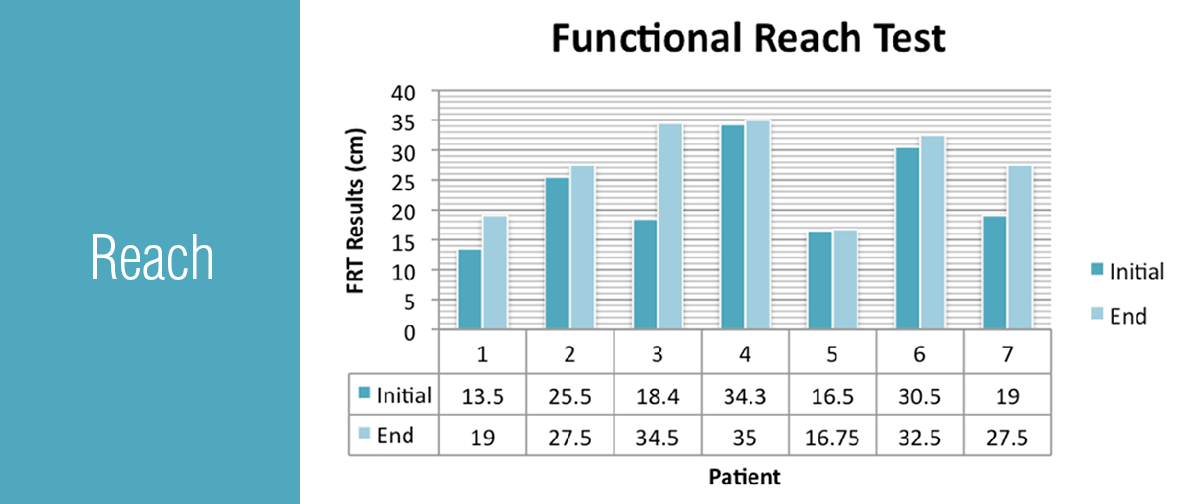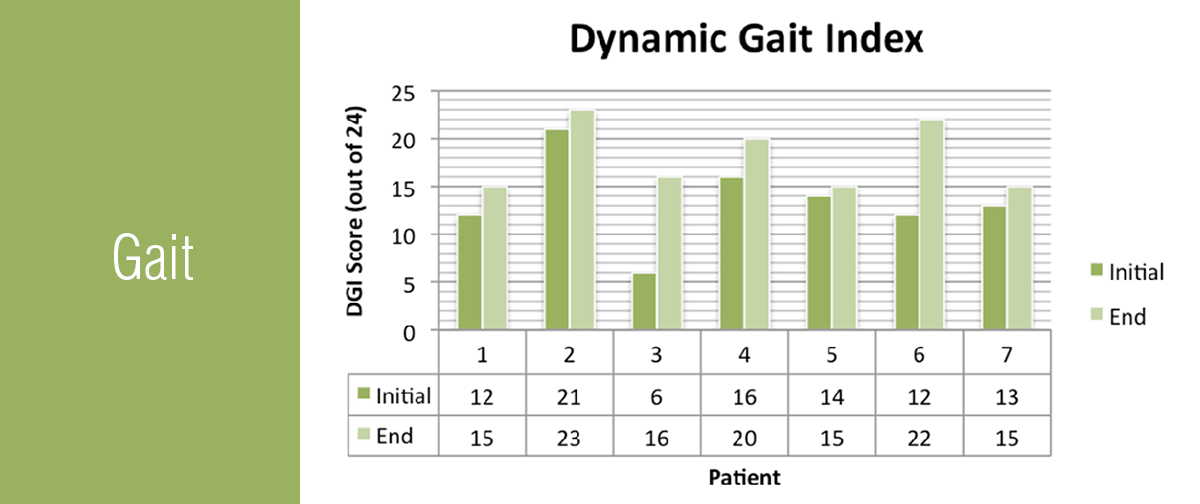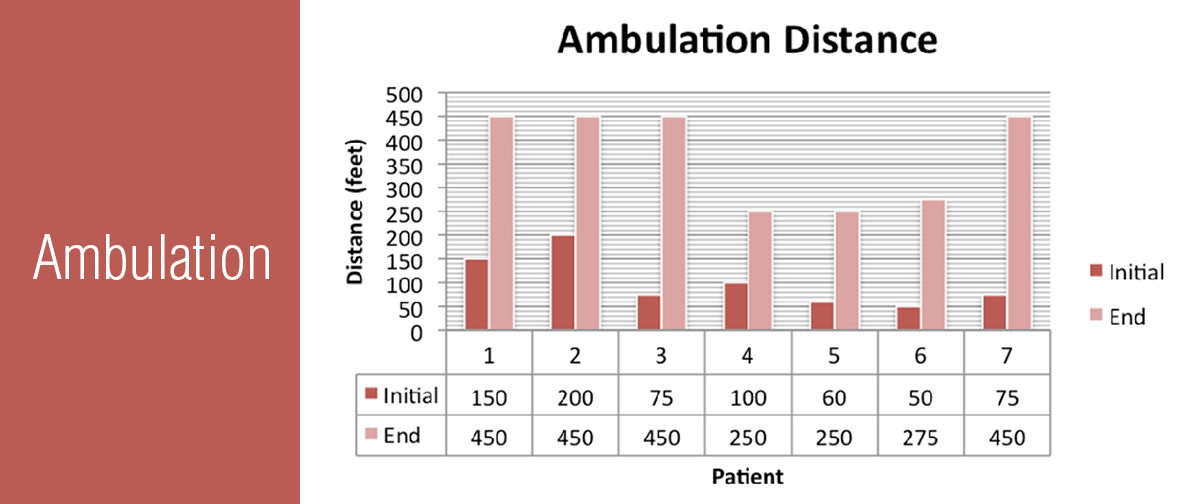At Magnolia Post Acute Care, there has been an increasing number of community-dwelling adults admitted to our facility with high prior level of function who are discharging back to the community. An interdisciplinary approach with both occupational therapy and physical therapy was used to identify appropriate assessment tools applicable to community reintegration and to use the indications from these tools to guide treatment interventions.
The assessment tools chosen focused on safety and fall risk as well as sit or stand balance, distance of ambulation or wheelchair mobility, safe functional reach, and overall safety awareness in the presence of high sensory demands in the community. Overall, our goal is to be able to create a comprehensive community reintegration program where patients can practice components of community re-entry in a safe environment.
Assessments Used
- The Functional Reach Test (FRT) addresses community activities such as retrieving items during grocery outings, opening doors, operating a crosswalk push button, accessing public transportation and managing money. This assessment determines a patient’s stability by measuring the maximum distance an individual can reach forward outside a base of support while standing in a fixed position. Results of this assessment were used as an indicator of fall risk.
- The Dynamic Gait Index (DGI) addresses more challenging aspects of balance that can be more relevant to community activities such as negotiating curb cuts, looking both ways when crossing a street, and modifying the speed of gait quickly due to changes in the environment. The Dynamic Gait Index assesses an individual’s ability to modify balance while walking in the presence of external demands.
- The distance of ambulation is also relevant. According to Brown et al. (2010), the 200-meter, or roughly 650-foot, distance is a good starting point for older adults with the goal of returning to community independence. According to Andrews et al. (2010), full community ambulation may need to be increased to 600 meters or more.
Results
Of the seven individuals, six were taken out to the community and ambulated to a nearby 7-Eleven store, which is approximately 1,600 feet round trip from the facility. This outing addressed money management skills, navigation skills, managing intersections, item retrieval, safety education and curb cut negotiation.
Upon discharge to the community:
- FRT — Using a cutoff score of 18.5 cm to determine fall risk (Thomas et al., 2005), six of seven patients’ scores indicated they did not have a high risk of falling.
- DGI — Using a cutoff score of 19/24 to determine fall risk (Wrisleyand Kumar, 2010), three of seven patients’ scores indicated they did not have a high risk of falling.



Discussion
With the use of these assessment tools, the therapists are able to examine the underlying physical requirements necessary for reintegration with the community. They establish an effective treatment plan from an evidence-based perspective with an interdisciplinary approach.
The therapists incorporated the use of compensatory strategies, alternative assistive devices, environmental supports and services, as well as referral to home health or outpatient therapy services in order to best reintegrate patients to their communities safely.
